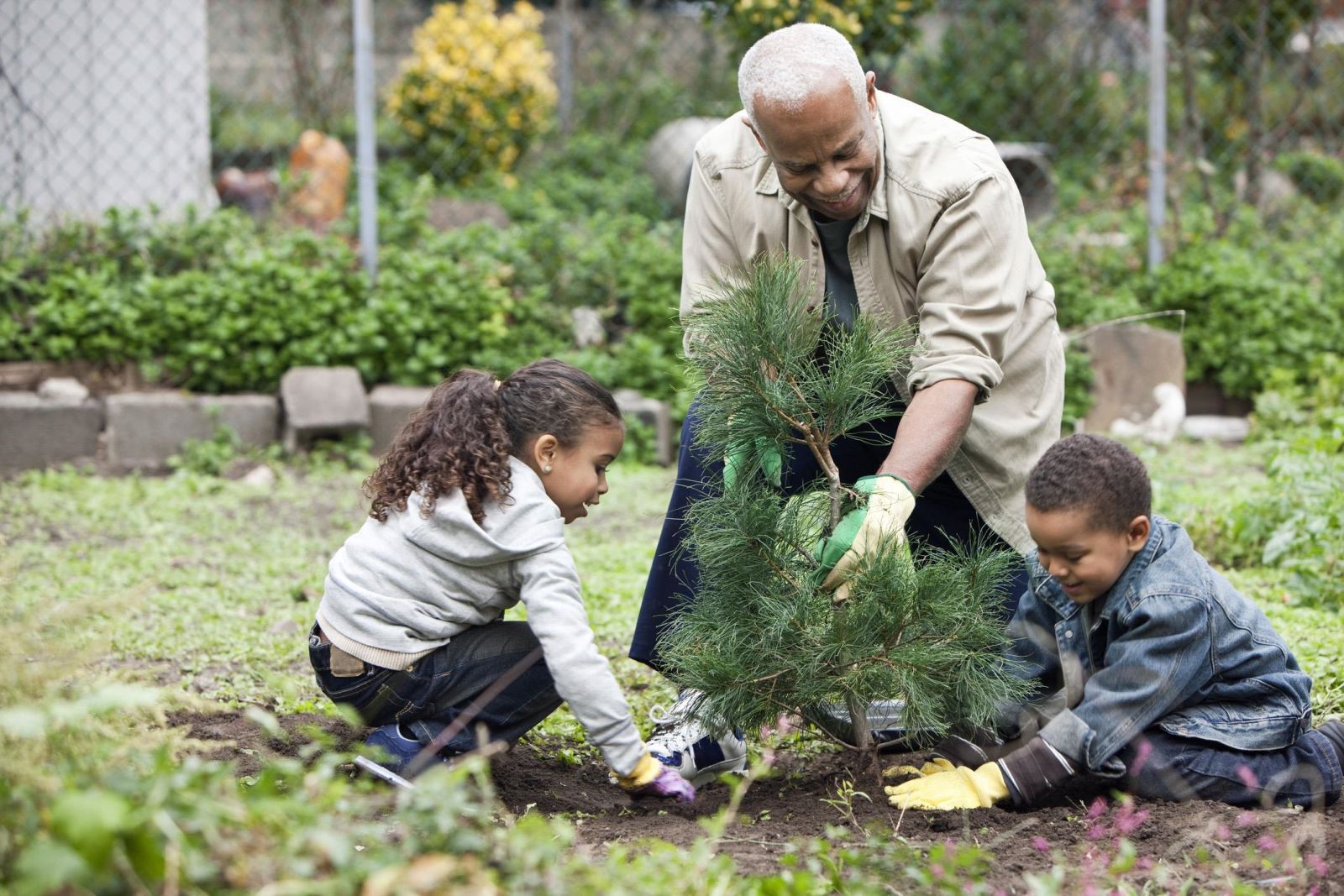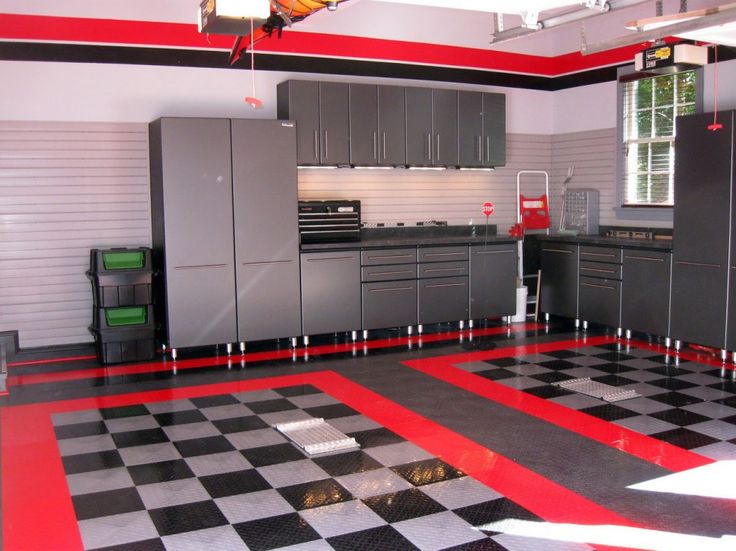How to Eliminate Smells So That Your House Might Sell
If you have recently put your house on the market and want it to sell quickly you may need to take a look at a few of these tips on how to eliminate smells so that your house will be more likely to sell. While selling your home quickly may sound good to you, you may not be thinking about exactly how clean your house smells when you have a last minute showing pop up. If you are caught in a bind with a last minute showing and you need to get rid of a few household odors, be sure to read below for some ideas.
- If you have pets you already know that they have a smell all their own. Pets that may not be house trained yet may be hard to deal with during a house showing. If you need to cover up the smell of pet urine quickly there are several ways to go about it. One way to get rid of pee smell in the carpet is to soak the area with enzyme spray. Another way to get rid of the smell all together (however it may take a bit longer) is to get rid of the carpet once and for all and put in hardwoods.
- Another way to eliminate smells so that your house might sell is to open up your windows while you are cooking. If you know you have a showing one night, be sure to keep your windows open while you are cooking with the hood fan on as well. Another good way to get rid of the smell of a recently prepared meal in your home is to set a bowl of coffee grounds on the countertop over night (if your showing doesn’t happen to be the same evening of course.) If you don’t want to take any chances of having your dinner linger during the showing you could always just go out to eat for the evening.
- Garbage smell in a home is some of the worst odor possible. One easy way to get rid of that particular smell is to be sure and take it to the curb before you leave for the showing.
These are just a few ways that you can get rid of smells in your home so that your showing might go well and you may be more able to sell your home. Hopefully they will get you started in the right direction.
Courtesy of Chester County PA Realtor Scott Darling.











